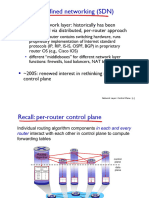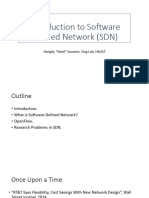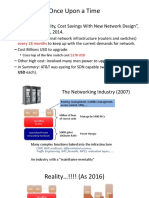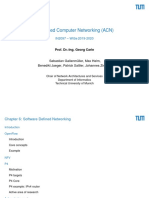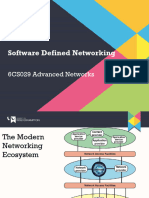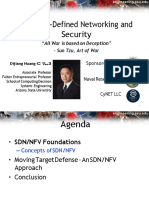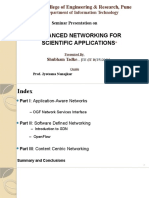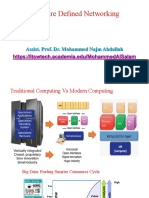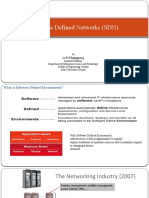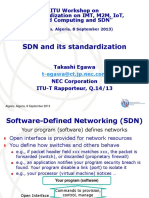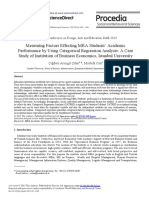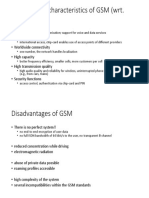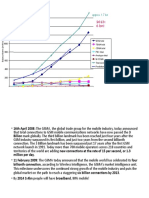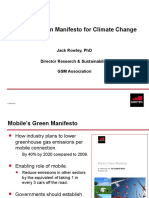0% found this document useful (0 votes)
120 views63 pagesCmpe 252A: Computer Networks: An Introduction To Software Defined Networking (SDN) & Openflow
lectureslectureslectureslectureslectureslectureslectureslectureslectureslectureslectureslectureslectureslectures
Uploaded by
radislamy-1Copyright
© © All Rights Reserved
We take content rights seriously. If you suspect this is your content, claim it here.
Available Formats
Download as PPT, PDF, TXT or read online on Scribd
0% found this document useful (0 votes)
120 views63 pagesCmpe 252A: Computer Networks: An Introduction To Software Defined Networking (SDN) & Openflow
lectureslectureslectureslectureslectureslectureslectureslectureslectureslectureslectureslectureslectureslectures
Uploaded by
radislamy-1Copyright
© © All Rights Reserved
We take content rights seriously. If you suspect this is your content, claim it here.
Available Formats
Download as PPT, PDF, TXT or read online on Scribd
/ 63
